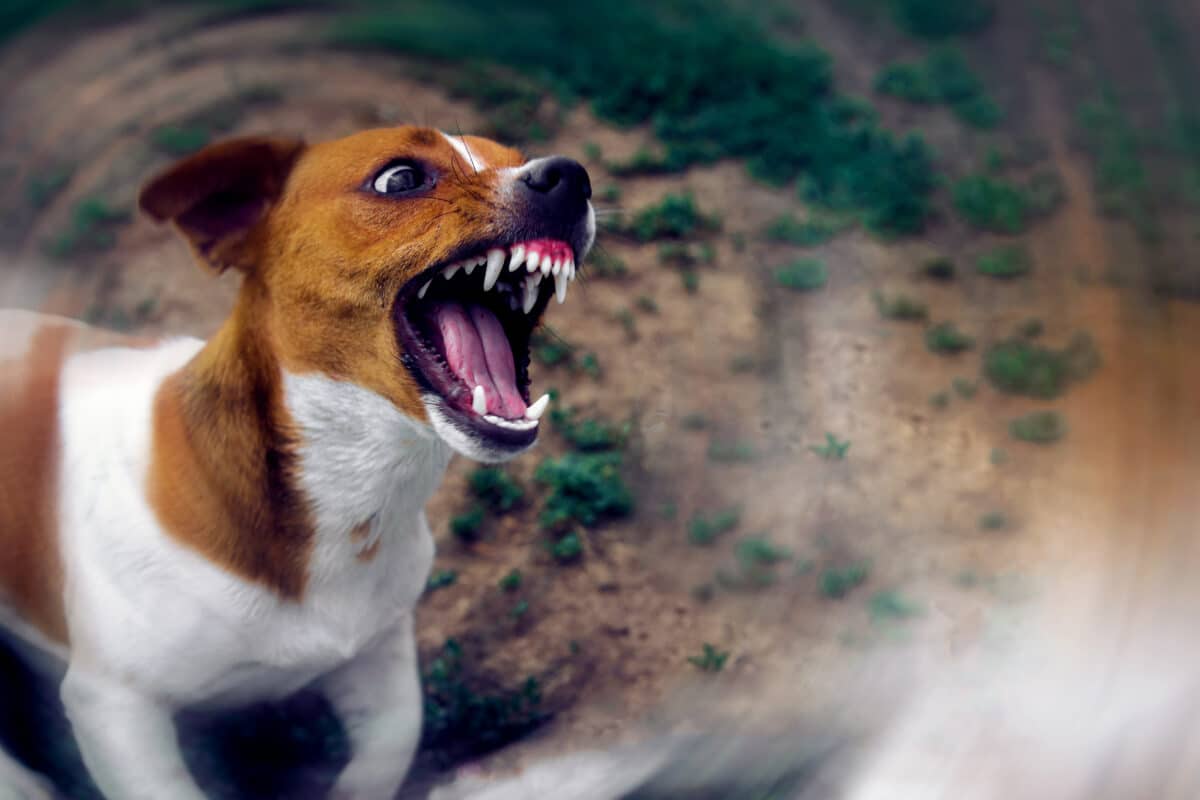behavior modification, counter-conditioning and desensitization, Dog Aggression, Dog Aggression Training, How do you deal with an aggressive dog?, Managing Behaviors
How Do You Deal With an Aggressive Dog?
How Do You Deal With an Aggressive Dog?
How do you deal with an aggressive dog? By Will Bangura, M.S., CBCC-KA, CPDT-KA, (Dog Behaviorist), Certified Behavior Consultant. Aggression is a common behavior in dogs that can have severe consequences if not appropriately addressed. Aggressive behavior can range from mild warning signs, such as growling, to serious attacks, causing severe injury or even death. Aggressive behavior in dogs can occur for many reasons, including fear, territorial aggression, and medical issues.
How do you deal with an aggressive dog using prevention techniques?
Socialization.
Socialization is a critical component of preventing aggression in dogs. Early exposure to different people, animals, and situations can help the dog become more comfortable in different environments. Introducing your puppy to new people and other dogs can help your dog develop strong social skills. Take them to places such as parks or pet stores where they can interact with other animals and people.
Training.
Basic obedience training can help a dog learn to obey commands and become less likely to lash out in aggressive behavior. Training your dog can also help to strengthen your relationship and bond with your pet. When training your dog, use positive reinforcement techniques such as rewarding good behavior rather than punishing negative behavior. Dogs that are well-trained and well-socialized are less likely to become aggressive.
Neuter or Spay.
There is conflicting research on whether neutering or spaying a dog can reduce aggression in dogs. This procedure can decrease the production of certain hormones that may trigger aggressive behavior in dogs. It’s essential to consult your veterinarian to ensure that your dog is healthy enough to undergo this procedure.
Regular Exercise.
Regular exercise is essential for dogs. Exercise helps to release energy and reduce anxiety, making your dog less likely to become aggressive. Exercise can include walks, runs, playing fetch, and other activities that keep your dog active and healthy.
Identify Triggers.
Understanding the cause of the aggression is crucial in developing a prevention plan. Identifying the trigger(s) can help avoid situations that may cause the dog to become aggressive. Some common triggers include fear, pain, and territorial behavior. By recognizing these triggers, you can help prevent aggressive behavior from occurring.
How do you deal with an aggressive dog using currently available treatments?
Consult a Professional.
If you have an aggressive dog, it’s essential to seek help from a professional dog trainer or behaviorist to develop a treatment plan. They can help you identify the root cause of the aggression and work with you to develop a plan to modify your dog’s behavior. Working with a professional can help ensure that your dog receives the proper treatment and care for their aggression.
Medication.
In some cases, medication may be prescribed to reduce anxiety or aggression in dogs. A veterinarian may prescribe medication to help your dog manage their behavior and reduce the risk of aggressive outbursts. However, medication should not be the only treatment for aggressive behavior. Note this article is meant for informational purposes only; it is not medical advice. Nothing in this article is meant to diagnose or treat any medical conditions. Always consult with a licensed veterinarian about anything medical-related.
Desensitization and Counter-Conditioning: Desensitization and counter-conditioning techniques can help dogs become more comfortable in different situations and reduce aggressive behavior. These techniques involve gradually exposing your dog to different stimuli, such as other dogs or strangers, and rewarding your dog for displaying positive behavior.
Training.
Basic Obedience Training: Basic obedience training can help a dog learn to follow commands and become more obedient. Training your dog to obey basic commands such as “sit,” “stay,” and “come” can help to reinforce your position as the pack leader and help to reduce aggressive behavior.
Positive Reinforcement Training.
Positive reinforcement training can help modify a dog’s behavior by rewarding good behavior and redirecting negative behavior. This training helps build trust and strengthen the bond between you and your dog.
How do you deal with an aggressive dog using Desensitization and Counter-Conditioning?
Desensitization and counter-conditioning techniques can help dogs become more comfortable in different situations and reduce aggressive behavior. These techniques involve gradually exposing your dog to different stimuli, such as other dogs or strangers, and rewarding your dog for displaying positive behavior.
In conclusion, dealing with an aggressive dog can be a challenging task, but with proper prevention, treatment, and training, it’s possible to modify a dog’s behavior. However, it’s essential to seek help from a professional dog behaviorist, veterinarian behaviorist, or dog trainer to ensure the dog’s and its owner’s safety. With time, patience, and a consistent approach, aggressive behavior in dogs can be effectively managed.
References.
- ASPCA. (2021). Aggression in Dogs. Retrieved from https://www.aspca.org/pet-care/dog-care/common-dog-behavior-issues/aggression-dogs
- Dodman, N. (2018). The Well-Adjusted Dog: Dr. Dodman’s 7 Steps to Lifelong Health and Happiness for Your Best Friend. Houghton Mifflin Harcourt.
- Luescher, A. U. (2019). Animal behavior case of the month: Territorial aggression in dogs. Journal of the American Veterinary Medical Association, 255(7), 773-775.
- Overall, K. L. (2019). Manual of clinical behavioral medicine for dogs and cats. Elsevier Health Sciences.
- Rugaas, T. (2005). On Talking Terms With Dogs: Calming Signals. Dogwise Publishing.
- Wilkes, M., & Tsujita, S. (2020). A comparison of reward-based and aversion-based training methods for domestic dogs. Journal of Veterinary Behavior, 37, 59-64.
- American Veterinary Medical Association. (2019). Aggression in Dogs. Retrieved from https://www.avma.org/resources-tools/pet-owners/petcare/aggression-dogs
- Association of Professional Dog Trainers. (2021). Aggression in Dogs. Retrieved from https://apdt.com/resource-center/dog-behavior-problems/aggression-in-dogs/
- Borchelt, P. L. (1983). Aggressive Behavior of Dogs Kept as Companion Animals: Classification and Influence of Sex, Breed, and Reproductive Status. Applied Animal Ethology, 10(1-2), 45–61.
- Dehasse, J. (2012). Dog Aggression: Recognizing and Handling Canine Aggression. Wenatchee, WA: Dogwise.Horwitz, D. F., Mills, D. S., & Heath, S. (2014). BSAVA Manual of Canine and Feline Behavioural Medicine. Quedgeley, Gloucester: British Small Animal Veterinary Association.Overall, K. L. (2013). Manual of Clinical Behavioral Medicine for Dogs and Cats. St. Louis, MO: Elsevier Health Sciences.


